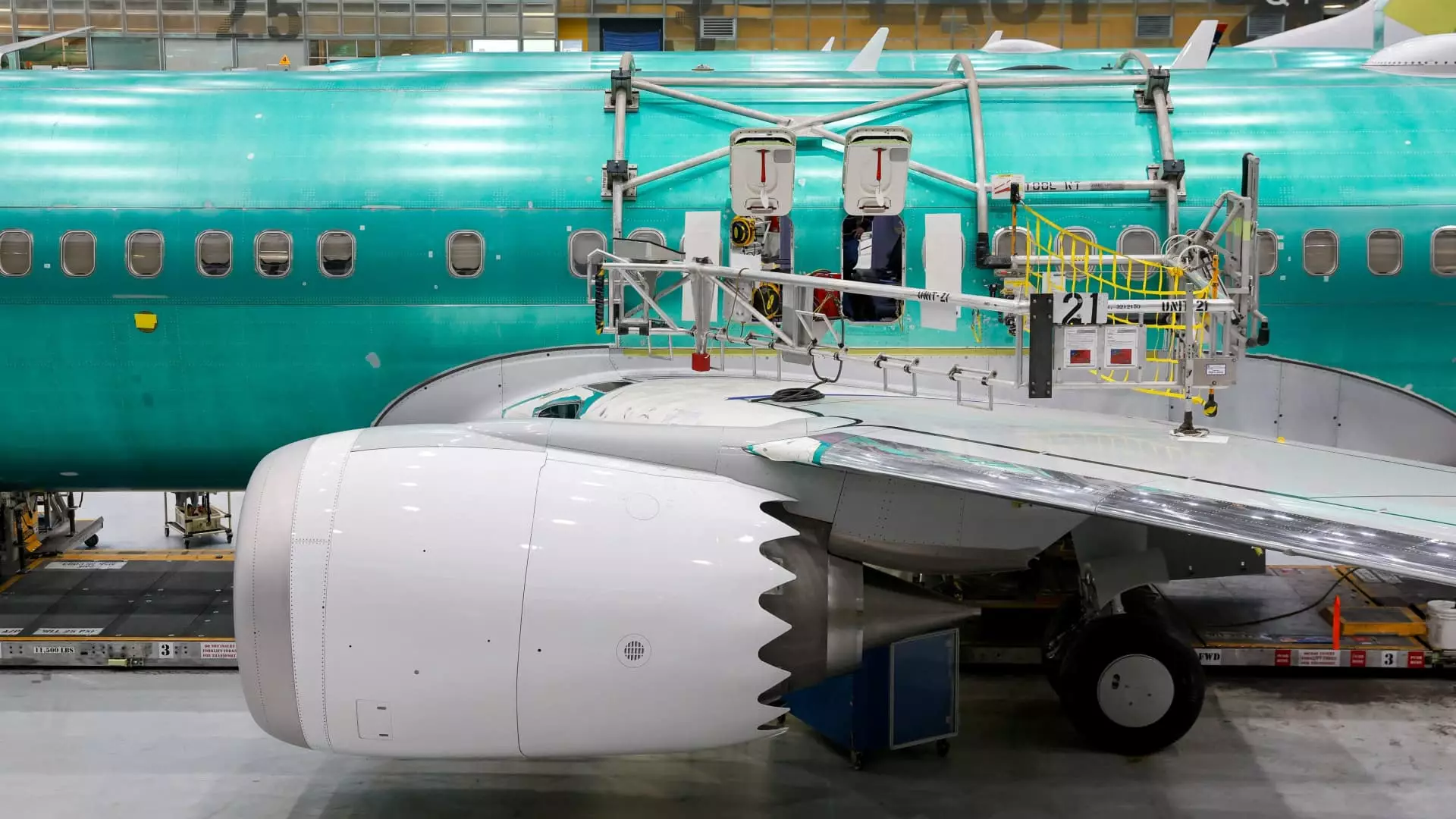The aerospace giant Boeing is undergoing a critical transformation as it seeks to rebuild its reputation and operations after facing severe challenges over the past few years. Known for its pivotal role in the aviation sector, the company has been grappling with the aftermath of safety disclosures and product delivery issues that have shaken the confidence of airlines and passengers alike. This article delves into the factors influencing Boeing’s current situation, the steps taken to instigate change, and the ongoing hurdles it faces.
A pivotal incident was the midair blowout of a fuselage panel from a Boeing 737 Max 9 operated by Alaska Airlines, an event that brought severe scrutiny to the company. Although there were no severe injuries reported, the incident highlighted profound flaws in Boeing’s manufacturing processes, particularly concerning the installation of critical components. Internal investigations revealed that certain key bolts were not installed prior to the aircraft’s delivery, as reported by the National Transportation Safety Board. This finding posed serious implications, tarnishing Boeing’s already fragile reputation and leading to a more than 30% drop in its stock price over the past year, contrasting sharply with the buoyant market performance of the S&P 500.
In response to this crisis, Boeing has initiated significant changes within its leadership and operational structure. The appointment of a new CEO, Kelly Ortberg, following the exit of Dave Calhoun, signifies the company’s commitment to reshaping its culture and priorities. Ortberg, a seasoned executive in aerospace, emphasizes quality and safety over quantity, advocating for a substantial cultural shift toward prioritizing operational excellence. Under his guidance, Boeing has implemented heightened quality control measures and ongoing training for factory workers, especially those recently onboarded.
Boeing is instituting random audits in its production facilities, as well as working to rectify issues in collaboration with suppliers like Spirit AeroSystems. These initiatives are aimed at drastically reducing defects in aircraft components, addressing the complexities of so-called “traveled work,” which occurs when production tasks are conducted out of sequence—resulting in errors and delays.
The Federal Aviation Administration (FAA) has significantly increased its oversight of Boeing’s operations in light of the safety concerns that have emerged. Limitations on Boeing’s production capabilities for the 737 Max jets reflect a more regulated climate, demanding adherence to stringent safety protocols. This situation places additional pressure on the company to demonstrate compliance and recovery.
FAA’s chief, Mike Whitaker, has emphasized that the oversight measures are here to stay, highlighting the need for Boeing to commit to a long-term strategy centered around safety and regulatory compliance. This necessitates a cultural revolution within Boeing—moving the focus from profit margins to quality assurance and ethical responsibilities in aviation.
Boeing’s financial landscape remains stormy, with cumulative losses exceeding $30 billion since 2019. To stave off the devastating impacts of these losses, the company has raised capital through various means and aims to enhance efficiency by downsizing its workforce by 10%. This decision underscores a strategic pivot toward focusing on core competencies while streamlining operations. As Boeing reevaluates its portfolio, there is an emphasis on producing fewer aircraft but ensuring that each unit meets the rigorously high standards expected in the industry.
Moreover, after a two-month strike by machinists ended in a new labor agreement that included significant wage increases, Boeing’s production capabilities were temporarily curtailed, resulting in further delays in aircraft deliveries. The renewed focus on stabilizing production capabilities is essential as airlines ramp up operations in a recovering travel market post-pandemic.
As Boeing strives to lift itself out of turmoil, it faces a steep uphill battle marked by both external pressures and internal challenges. Industry analysts note the cautious optimism surrounding Ortberg’s leadership style, suggesting that he is not merely patching over existing issues but is committed to effecting real, systemic changes at Boeing.
Airline executives are watching closely, hoping that Boeing will regain its position as a reliable provider of aircraft. However, as Bob Jordan, the CEO of Southwest Airlines, stated, while there are hopeful signs, it is too early to declare a full recovery. Therefore, Boeing’s journey toward stabilization and excellence will require tenacious effort, transparency, and long-term commitment to quality in every facet of its operations.
Boeing stands at a critical juncture that demands sustained effort across all departments. Through strategic leadership changes, rigorous oversight, and a renewed dedication to aircraft quality and safety, Boeing is positioning itself for a future where operational integrity is paramount. Whether this resolves the challenges it faces in the months and years to come remains to be seen, but the company’s proactive approach appears to be a significant step in the right direction.

